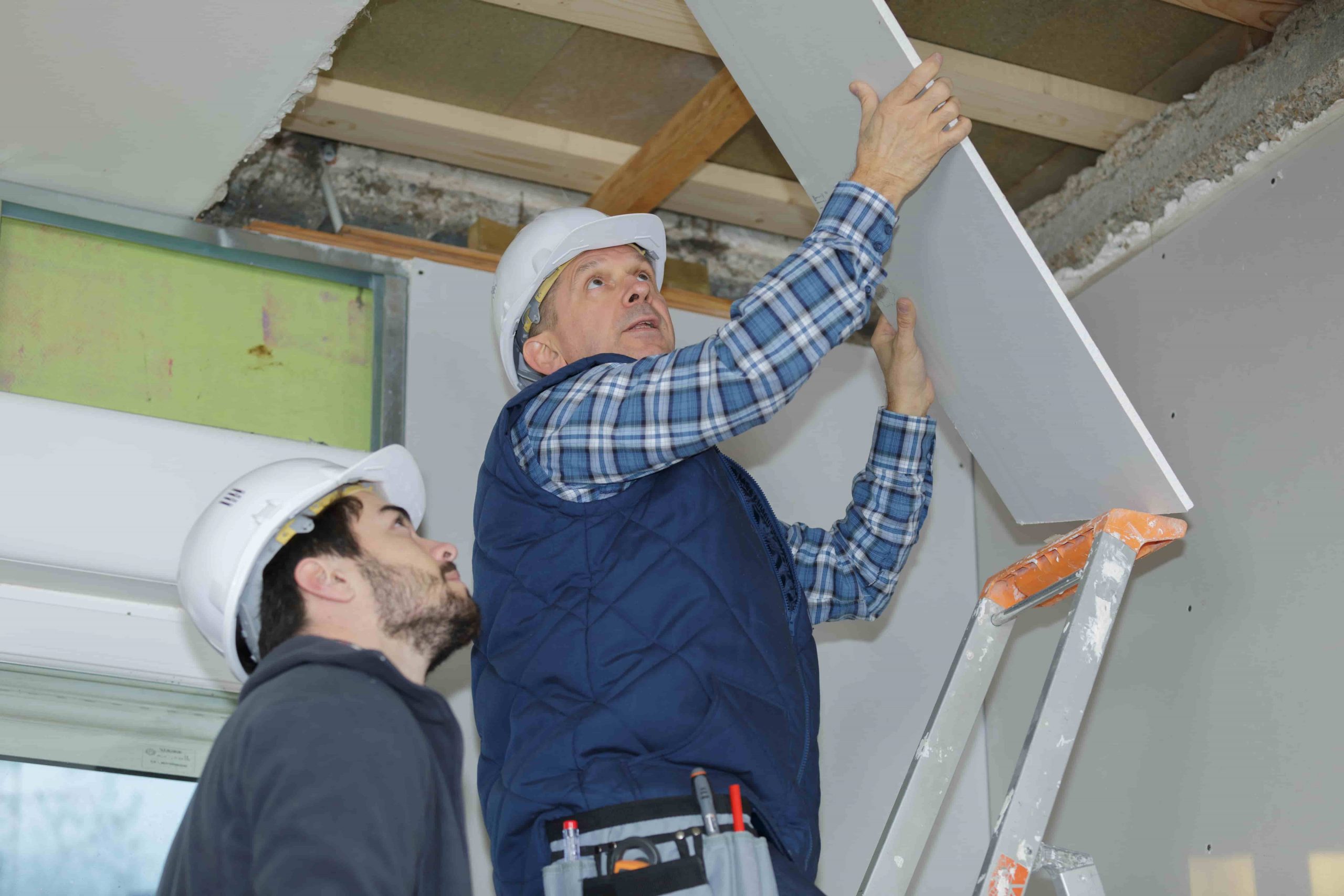Mold is everywhere and can grow on almost any surface that provides it with the right conditions. Exposure to mold, even for a short period, can lead to several health issues, ranging from mild to severe. Some people are more sensitive to mold than others, but common health effects include nasal stuffiness, irritation of the throat, coughing and wheezing, itchy eyes, and skin irritation.
Since mold thrives in areas with high moisture levels, such as roofs, windows, and pipes, it can quickly become a problem if your property has mold. If left untreated, mold can cause significant damage to your property and negatively impact your health.
Mold growth can occur on a wide range of surfaces, including drywall, wallpaper, insulation, fabric, and upholstery. Removing mold from these surfaces can be a frustrating and ineffective process if not managed properly. It’s crucial to reach out to an expert to help you repair any mold damage and prevent future damage.
How does mold affect me?
Mold is found everywhere, from the great outdoors to the most obscure corners of our properties. It’s easy to overlook mold as just another nuisance, but it’s important to understand just how dangerous it can be when it’s left unchecked.
Mold is a fungus that can be black, white, orange, green, or even purple. Though many people associate mold with the traditional white or green variety, the truth is that mold can take on many different forms. In nature, mold plays a crucial role in breaking down dead leaves, plants, and trees. But when mold finds a damp spot in our properties, it can quickly grow out of control.
Even if you don’t have a mold allergy or sensitivity, exposure to high levels of mold spores can be harmful to your health. When mold grows on a surface, it can release spores into the air that can be easily inhaled by humans and animals. These spores can cause a range of symptoms, including respiratory problems, skin irritation, and even neurological issues in some cases.
The key to preventing mold growth in your property is to keep moisture levels in check. This means fixing leaks, reducing humidity levels, and ensuring proper ventilation in areas like bathrooms and kitchens. If you suspect that you have a mold problem in your property, it’s important to take action right away. Mold can spread quickly and can be difficult to remove once it’s taken hold.
What are the dangers of mold damage?
Most people are aware of the more common symptoms of mold exposure, such as allergies, skin rashes, and respiratory issues. However, there are some unexpected dangers of mold damage that many people are not aware of. In this article, I will discuss five of the most surprising ways that mold can impact your health.
The first and most frightening condition that can result from exposure to mold is Mast Cell Activation Syndrome.
This is a condition in which the immune system is compromised to such an extent that the body’s immediate allergic reactions are triggered by Mast Cells. The cells release so many antibodies that they send the person into anaphylactic shock. The symptoms of this syndrome are varied and include itching, hives, swelling, and redness. Your throat may be swollen, causing shortness of breath or harsh breathing, and you may also experience diarrhea, nausea, or vomiting.
Long-term exposure to mold can also lead to neurological problems, including memory loss and difficulty concentrating.
This “brain fog” can be caused by the immune system being attacked by mold spores and mycotoxins. If you find yourself experiencing any of these problems, it is worth mentioning to your doctor that you have an issue with mold.
In addition to neurological problems, mold exposure can also cause respiratory issues.
Mold spores can grow and proliferate within your body, leading to problems such as sniffles, sore throat, and nasal drip. If left untreated, these symptoms can escalate into more serious respiratory problems.
Perhaps the most terrifying consequence of mold exposure is the potential for death.
Prolonged exposure to black mold can cause organs to shut down completely and also leaves the body vulnerable to other conditions that can prove fatal. Pregnant women are especially vulnerable, as black mold can cause miscarriages, birth defects, and even infertility later on.
Finally, it’s worth noting that pets can also be affected by mold exposure.
If you have pets on your property, it’s important to be aware of the signs of mold exposure and to take steps to remove the mold from your property as quickly as possible.
What do I do if my property has mold?
It’s important to understand that visible signs of toxic mold development may not always be immediately apparent, and the professionals who investigated your claim may not have caught all the necessary information. That’s why, if you notice any signs of mold growth after your claim has been settled, it’s crucial to take action right away.
One mistake you definitely don’t want to make is trying to clean up the mold yourself. This can actually make the situation worse and damage your ability to get your claim adjusted successfully. Instead, it’s important to bring in a qualified mold testing and cleanup crew to deal with the situation properly.
If you’re experiencing mold damage on your property, give Your Large Loss Adjuster, powered by Bulldog Adjusters, a call. The insurance experts at YLLA have a proven track record of success in handling water damage claims, and they take care of the entire process for you, so you don’t have to worry about the details. To learn more about what YLLA can do for you, contact us online or call 855-515-4101 today. Don’t let mold damage your health or your finances – take action and get the help you need to make things right.

